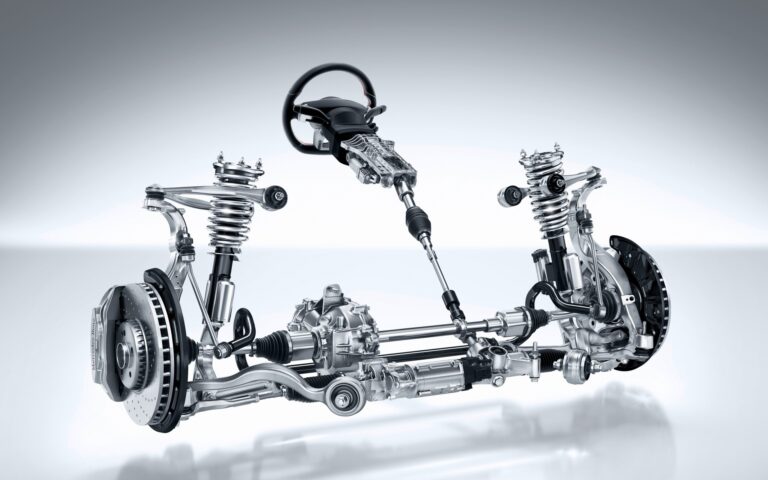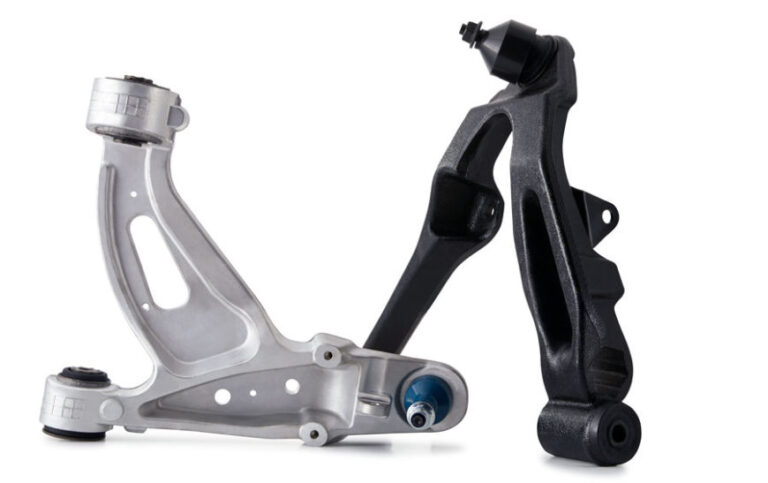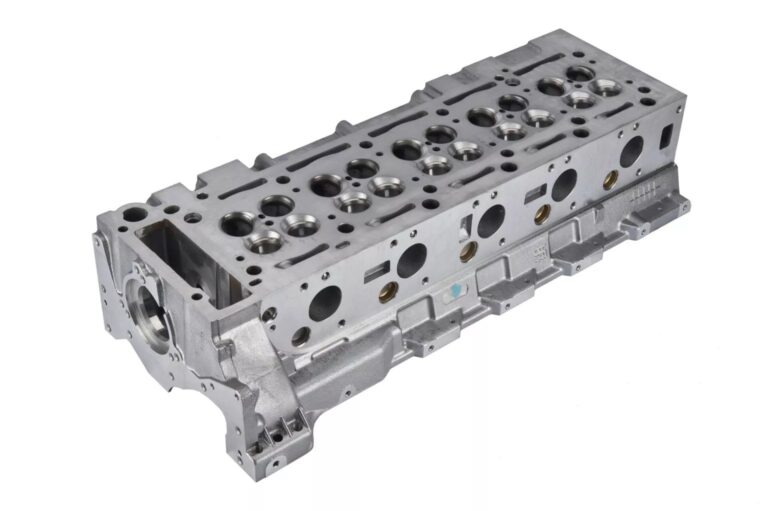The Importance of Brake Lines in Vehicle Safety
When it comes to the safety and performance of a vehicle, few components are as crucial as the brake lines. Responsible for transmitting hydraulic pressure from the brake master cylinder to the wheel cylinders or calipers, brake lines play a fundamental role in ensuring that a vehicle can safely and effectively come to a stop. In this article, we will explore the significance of brake lines in vehicle safety, the different types of brake lines available, common issues that may arise with brake lines, and the importance of regular maintenance and inspection.
The Function of Brake Lines
Brake lines are responsible for carrying the hydraulic fluid – typically brake fluid – from the master cylinder to the braking mechanisms at each wheel. When the brake pedal is depressed, the master cylinder generates hydraulic pressure, which is then transmitted through the brake lines to the wheel cylinders or calipers. This pressure forces the brake pads or shoes against the brake rotor or drum, ultimately slowing down or stopping the rotation of the wheels. Without functioning brake lines, the transmission of hydraulic pressure would be compromised, leading to a loss of braking power and a potential safety hazard.
There are several types of brake lines commonly used in vehicles, including steel, stainless steel, and flexible hoses. Each type has its own set of advantages and disadvantages, and the choice of brake line material often depends on factors such as cost, performance, and the specific requirements of the vehicle. Steel brake lines, for example, are known for their durability and resistance to corrosion, making them a popular choice for many automotive applications. Stainless steel brake lines, on the other hand, offer improved resistance to abrasion and are less prone to expansion under pressure, resulting in a firmer brake pedal feel.
Common Issues with Brake Lines
Despite their importance, brake lines are not immune to wear and tear. Over time, brake lines may become corroded, cracked, or damaged, compromising their ability to effectively transmit hydraulic pressure. Corrosion, in particular, is a common issue with steel brake lines, especially in regions where road salt and other corrosive materials are used during winter months. Additionally, flexible brake hoses may deteriorate and develop leaks, leading to a loss of brake fluid and a decrease in braking performance.
Another potential issue with brake lines is the development of air pockets or bubbles in the brake fluid. When air enters the brake lines, it can cause a spongy or soft brake pedal, as air is compressible whereas brake fluid is not. This can result in reduced braking effectiveness and longer stopping distances, posing a significant safety risk. Regular inspection and maintenance of brake lines are essential for identifying and addressing these issues before they escalate into more serious problems.
The Importance of Regular Maintenance and Inspection
Given the critical role that brake lines play in vehicle safety, it is imperative that they are subject to regular maintenance and inspection. During routine maintenance, brake lines should be inspected for signs of corrosion, wear, and damage. Any issues identified should be promptly addressed to ensure the continued safety and performance of the vehicle. In regions where road salt and corrosive materials are used, undercarriage washing and rust prevention treatments can help mitigate the risk of corrosion and prolong the life of brake lines.
Moreover, the brake fluid should be periodically flushed and replaced according to the manufacturer’s recommendations. Over time, brake fluid can absorb moisture, which can lead to corrosion within the brake lines and braking components. By regularly flushing the brake fluid and replacing it with fresh fluid, the risk of corrosion and moisture-related issues can be minimized, thereby promoting the longevity of the brake lines and the overall safety of the braking system.
Conclusion
In conclusion, brake lines are an indispensable component of a vehicle’s braking system, playing a vital role in ensuring safe and effective stopping power. Whether it’s the transmission of hydraulic pressure from the master cylinder to the wheel cylinders or calipers, the choice of material for brake lines, or the potential issues that may arise with brake lines, it’s clear that they require careful attention and maintenance. By understanding the function of brake lines, being aware of common issues, and prioritizing regular maintenance and inspection, vehicle owners can help safeguard the integrity of their brake lines and promote the overall safety and performance of their vehicles.
,refusal: null








Leave a Comment